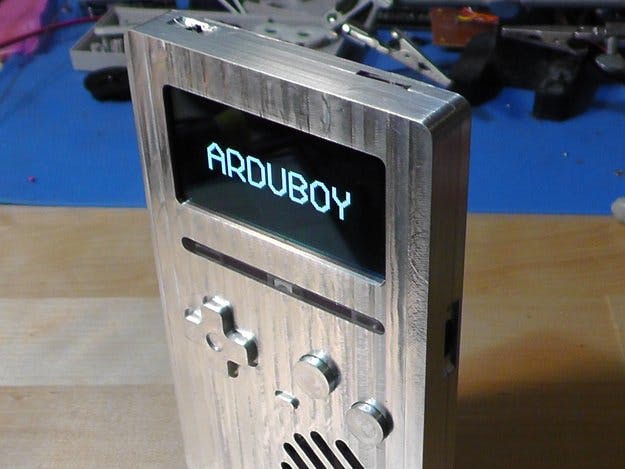In this video we’ll cover 3 common Myths and Misconceptions about 3D Printing! What misconceptions did you have about the technology when you started?
Month: June 2021
Zero Crossing’s Knucklehead Is a “Classic Twin-T Filter” Synth You Can Play with Your Face
Designed to mimic the synthetic percussion generators of the ’80s, the Knucklehead is a super-simple music-making marvel.
New York-based electronic music specialist Zero Crossing has launched the Knucklehead, a compact percussion generator based on the vintage “twin T-filter” configuration.
“Knucklehead (KH) is a device that utilizes the classic ‘Twin-T Filter’ configuration found in many of the 1980’s approaches to a synthetic drum/percussion generator with a very high Q resonance,” the device’s creator explains, “that can be triggered into oscillation when ‘excited’ and ultimately returning to stability, creating the decaying ‘envelope’ associated with percussive instruments.”

World’s Worst Smartwatch
The Singularitron is something of an oddity, to put it lightly. It is simultaneously the worst smartwatch I have ever seen, and also an interesting, highly novel piece of hardware with a certain je ne se quois that has me pining to get my hands on one. Unfortunately, you cannot just pick up a Singularitron at your favorite retailer… well, possibly if your favorite retailer is Sanford and Son Salvage, but aside from that, you have to build your own. Comfortable with that? Well, you still probably cannot make one, because the display has not been manufactured for many years. Impractical? Yes, absolutely, but that is just what developer Zack Freedman was shooting for with this wonderful, awful smartwatch that was designed primarily to be an eye-catching piece for conferences.
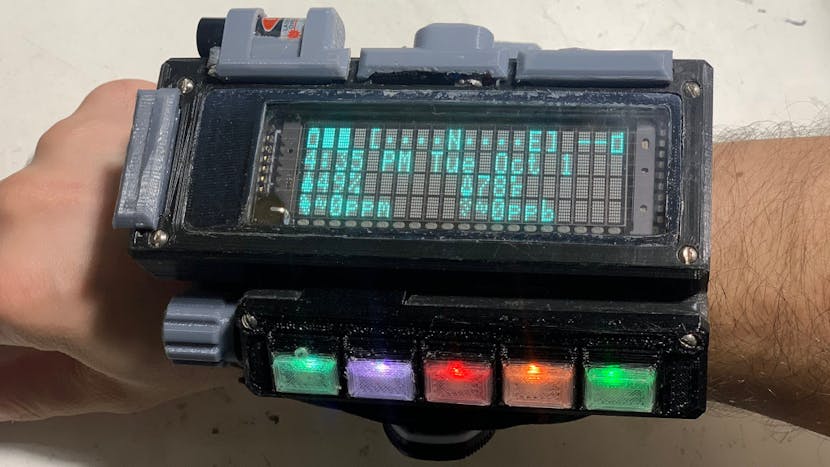
Making a Multiplexed Flip-Dot Display
Flip-dot displays, which use a matrix of actuators to move mechanical pixels into place, are very interesting. At one time they were even very common for transportation displays and the like, where information changes only incrementally.
While modern makers do experiment with such displays, the basic problem with setting one up is that each display unit requires its own actuator. So a 10×10 display would require 100 servos, electromagnets, etc. to flip the dots – a number which increases with the resolution. Various forms of multiplexing are used to simplify the design of electronics displays, so could the same be done with electromechanical flip-dot outputs?
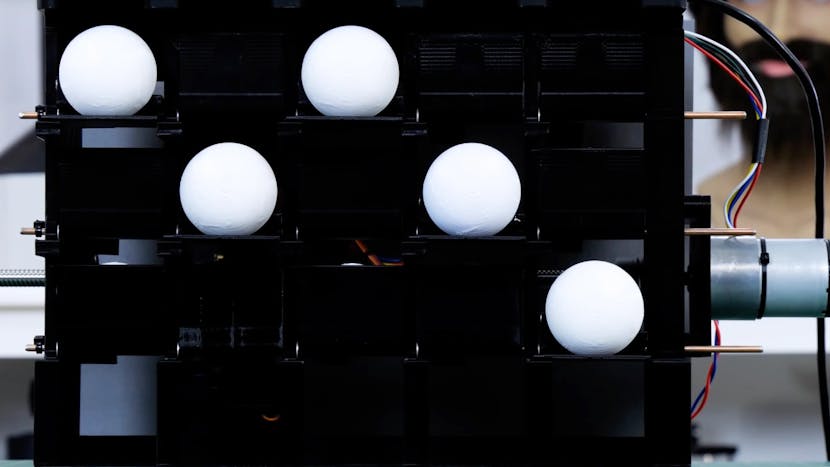
This Modder Converted a Virtual Boy Into a Handheld Console
Shank Mods used a real motherboard to build what is likely the world’s first Virtual Boy handheld console.
We’re lucky to have access to several high-quality virtual reality (VR) headsets today. But there were several attempts at VR in the past. A handful of rather gimmicky VR systems were setup in malls and video arcades, but Nintendo’s Virtual Boy was the first console capable of displaying stereoscopic 3D graphics. It was also a massive flop. Nintendo only sold 770,000 Virtual Boy units, compared to more than 32 million units for the Nintendo 64 that hit the market just a year later. Despite their rarity, Shank Mods managed to get a broken Virtual Boy motherboard. He used that to build what is likely the world’s first Virtual Boy handheld console.
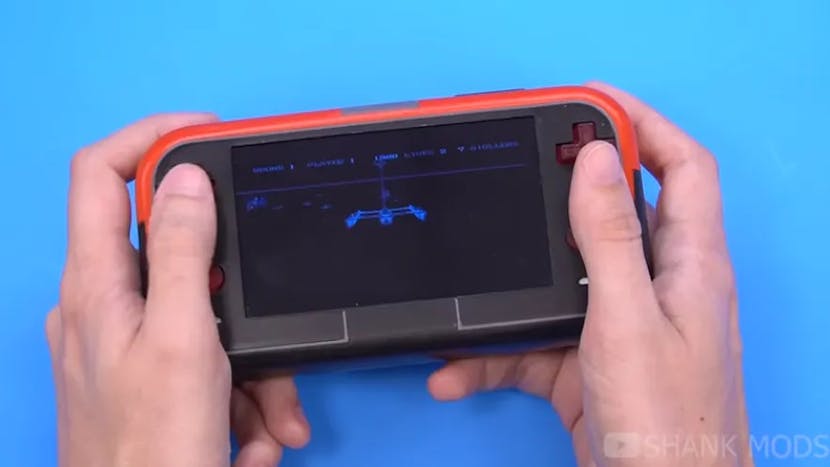
Two-Dimensional “Hybrid Separator Membrane” Boosts Lithium Batteries’ Lifespans
Designed to allow lithium ions to flow but prevent dendrites forming, this material could be key to longer-lasting, safer batteries.
Scientists at Friedrich Schiller University, Boston University, and Wayne State University have found a means to considerably boost the lifespan of rechargeable batteries — using a hybrid membrane to prevent dendrite formation.
Rechargeable batteries are undeniably useful, but while they’re usable far more times than a standard alkaline battery they do come with a finite lifespan. As they’re discharged and recharged, lithium dendrites form — tiny needle-like structures which eventually short-circuit the battery, piercing the separator membrane and potentially even starting a fire.
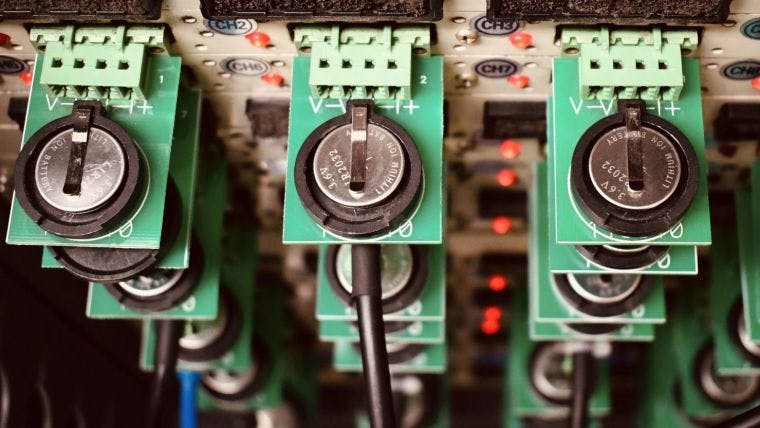
Windows 11 May Spark Scalping for TPM2.0 Chips, a Requirement To Run the OS
Microsoft’s Windows 11 reveal has sent prices for a little-known security chip soaring on eBay. That’s because the same chip is necessary to run the upcoming OS.
The chip is called the Trusted Platform Module (TPM) version 2.0. On Thursday, Microsoft revealed a PC will need the component to run Windows 11 once the OS begins rolling out to Windows 10 users as a free upgrade.
The new requirement is causing some consumers to flock to eBay to obtain TPM 2.0 modules for their PCs. And at least one merchant is capitalizing on the demand

The most overused game graphic you never noticed | Texture Archaeology
The exact same brick texture is in dozens of Nintendo 64 and PlayStation games. From Super Mario 64, Banjo-Kazooie, and Final Fantasy 7, to Turok, Conker, and Mortal Kombat 3.
“cobble_stone” is the most overused game graphic you never noticed. Why were competing studios sharing the same graphics? ‘Texture Archaeology’ gives us the answer. The cartoonish, magical imagery from your childhood is a lot more realistic than you once thought.
Microsoft is bringing Android app support to Windows 11
Today, Microsoft has officially unveiled the new version of Windows: Windows 11. At the event, Microsoft detailed a number of visual and productivity changes coming to the desktop operating system. Towards the end of the event, Microsoft had a surprise announcement in store: the company is bringing Android apps to Windows 11, accessible through the Microsoft Store via a partnership with the Amazon App Store.


